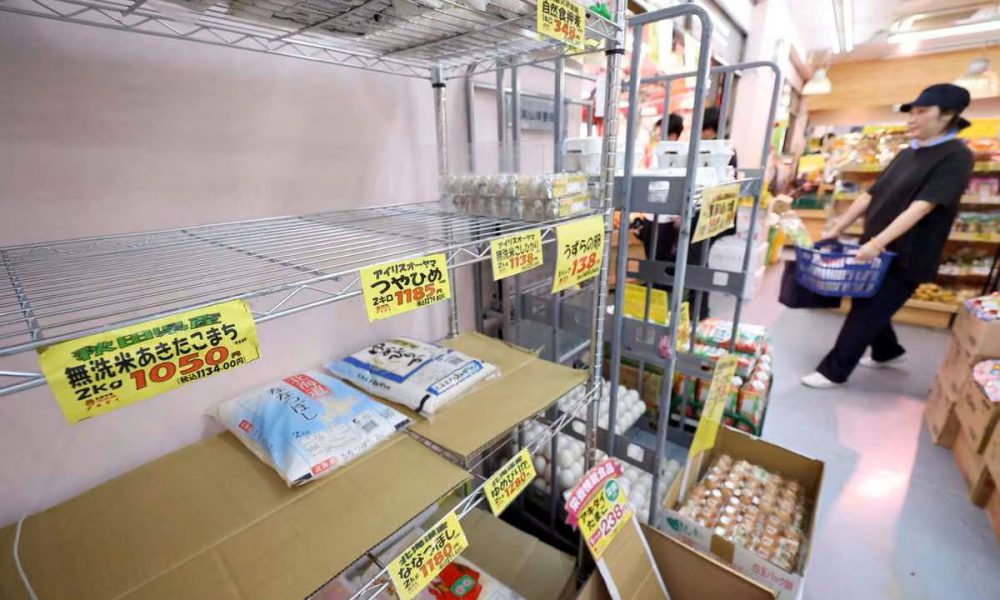
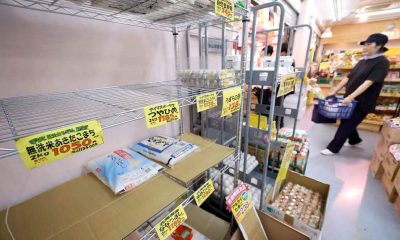

Rice is the foundation of Japan's culture and food security, and a long-term strategy to ensure stable supply should be the government's new top priority.
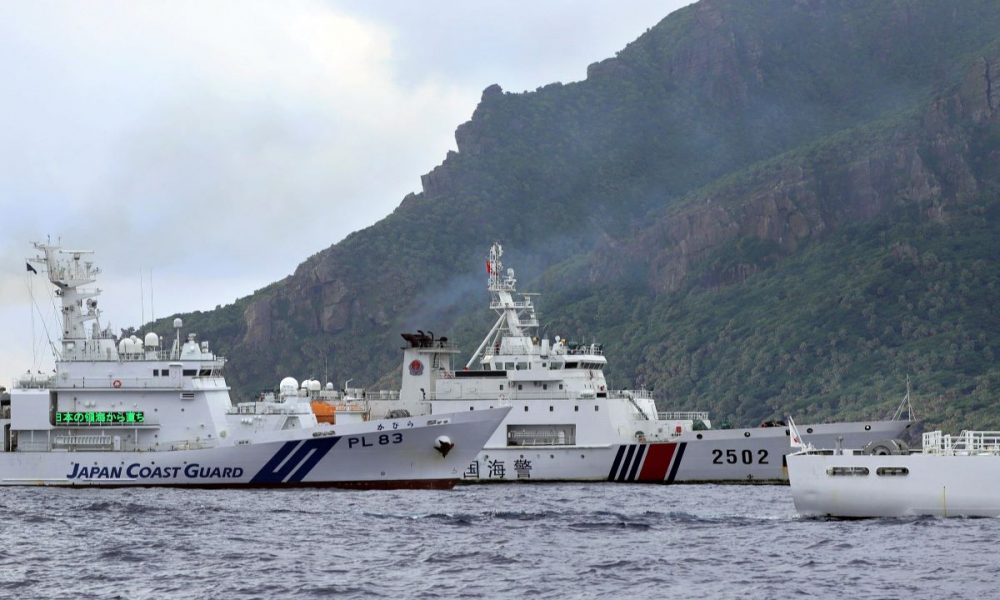
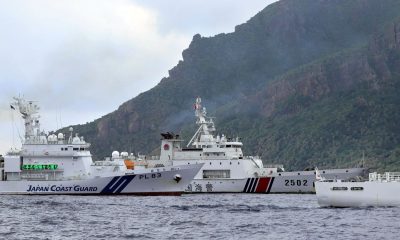

Building its largest-ever marine platform, the Japan Coast Guard is preparing for patrols, support roles, and evacuations against natural or manmade dangers.
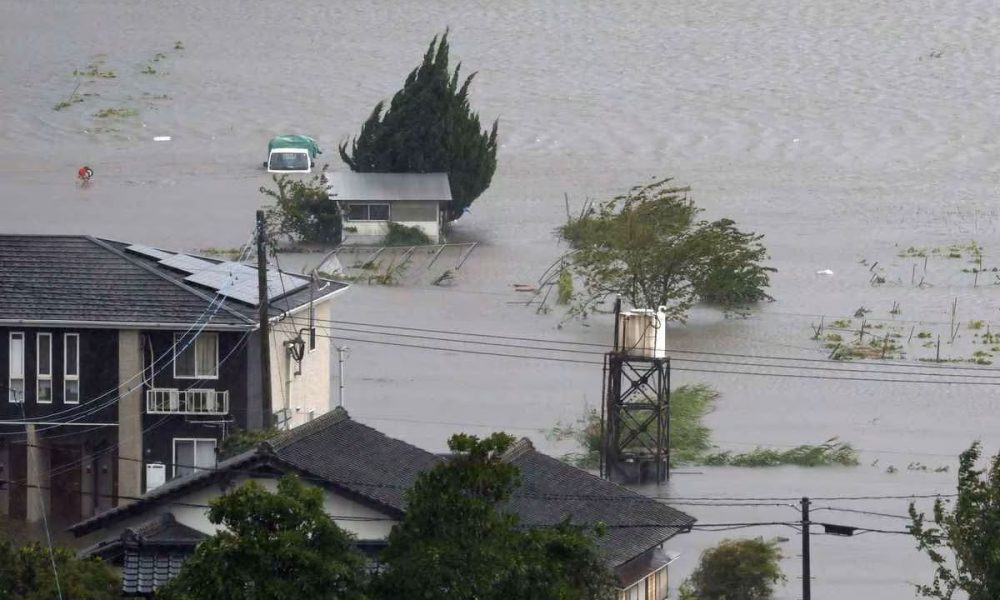
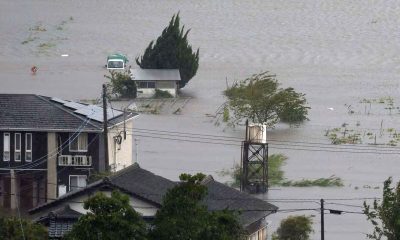

Repetitive training that assumes scenarios involving earthquakes, tsunamis, floods, and volcanic eruptions will help reduce the risks of compound disasters.
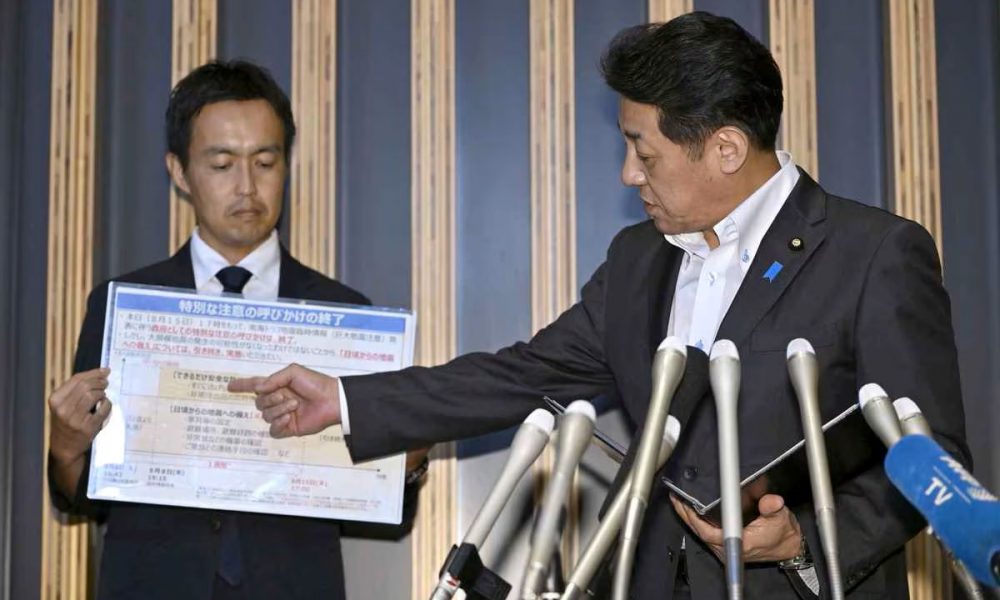
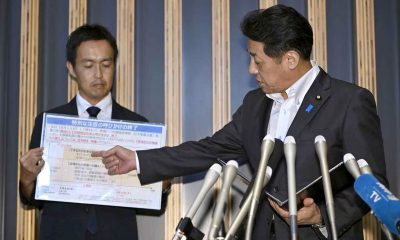

All of Japan, not only 707 municipalities in 29 prefectures, is at risk and should reconfirm earthquake preparedness measures.
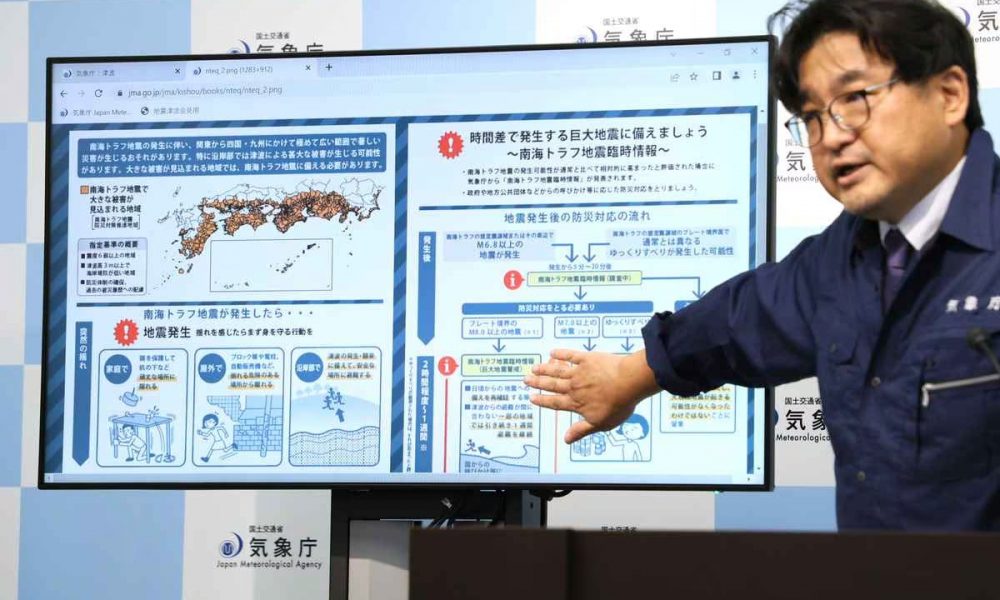


After an M7.1 earthquake hit Miyazaki on August 8, Japan issued an alert for a Nankai Trough megaquake, which could potentially cause 100,000s of deaths.
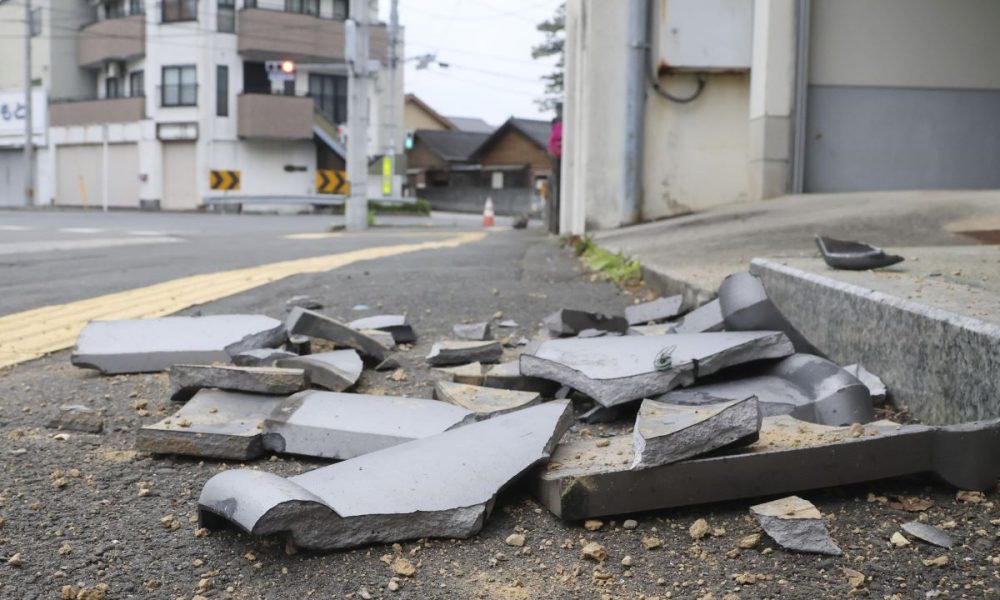


The earthquake did not trigger a tsunami but left nine people with minor injuries. A nuclear power plant located near the epicenter reported no anomalies.
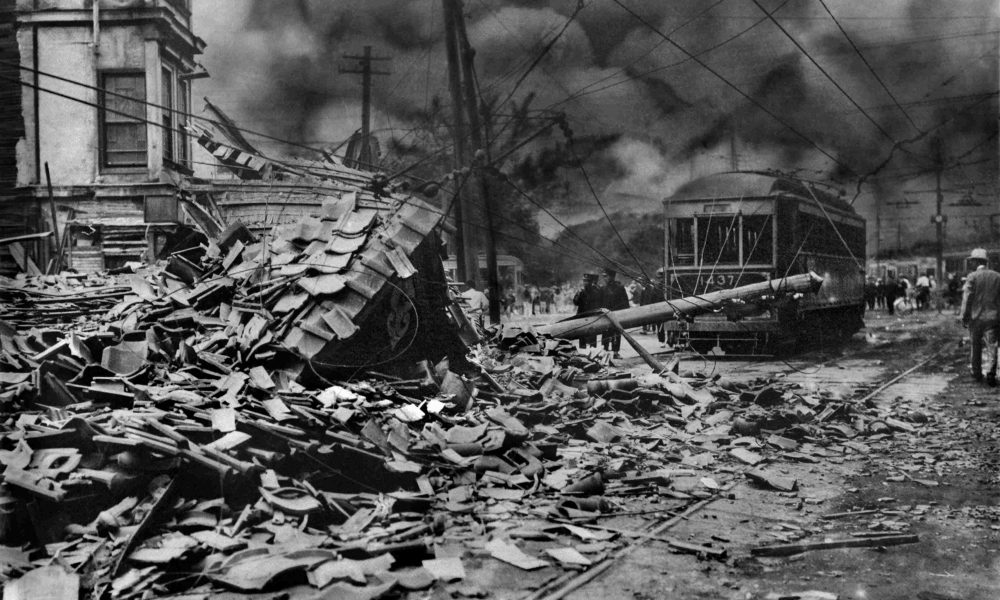


100 years after the Great Kanto Earthquake, we must draw lessons not just from that one disaster but from the "Major Earthquakes of the Showa Era."
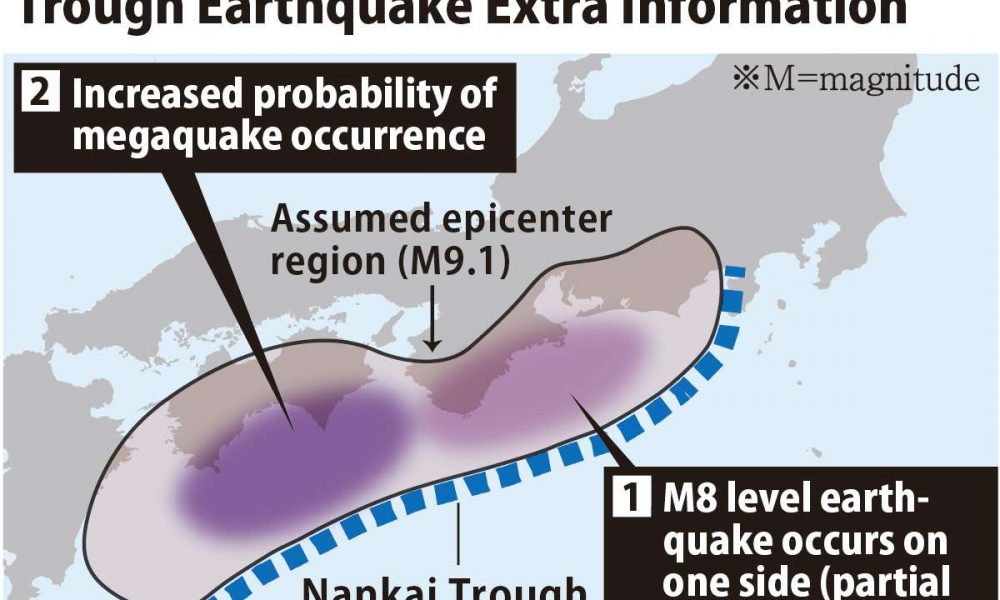
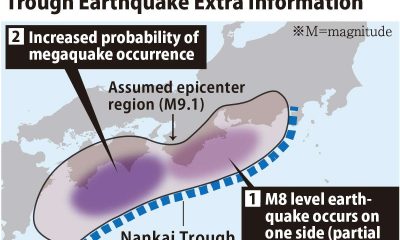

A Japanese research team say a Nankai Trough megaquake is likely to be followed by other megaquakes. That means the public must be extra prepared.

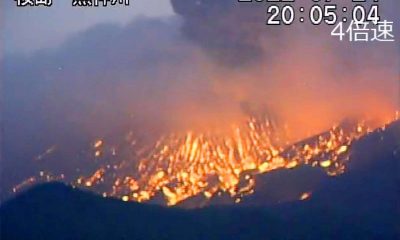

There are only a handful of volcanologists and seismologists to monitor Japan’s lineup of active volcanoes, from Sakurajima to Izu Oshima to Mount Fuji.
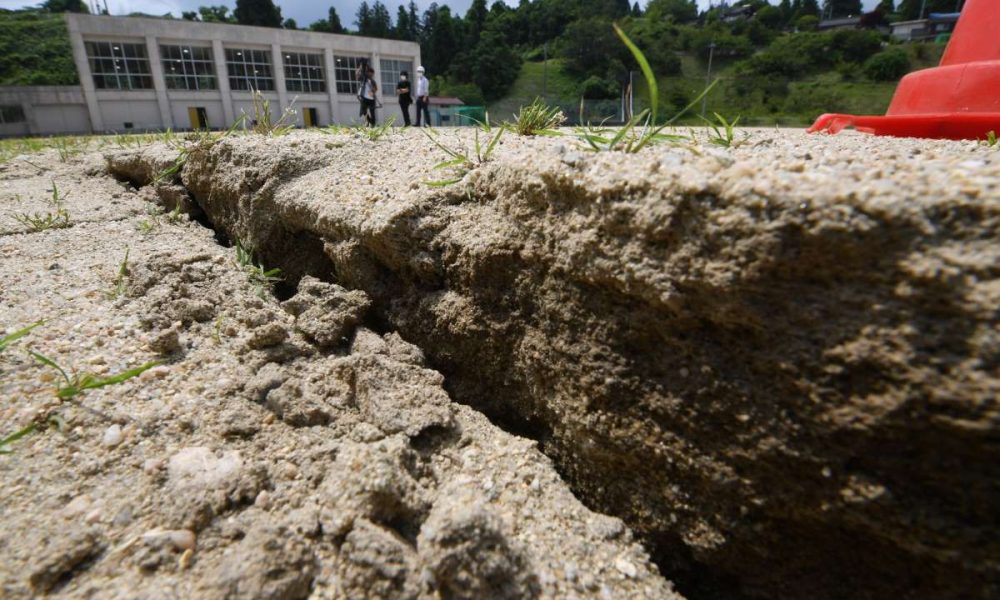
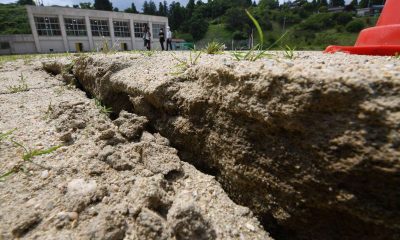

The entire Japanese archipelago is undergoing a distinctly active seismic phase — and not just the Noto Peninsula where the recent earthquake swarm continues.



The last estimates were in 2012. Since then, the number of buildings with earthquake resilient construction has increased, with less damage anticipated.
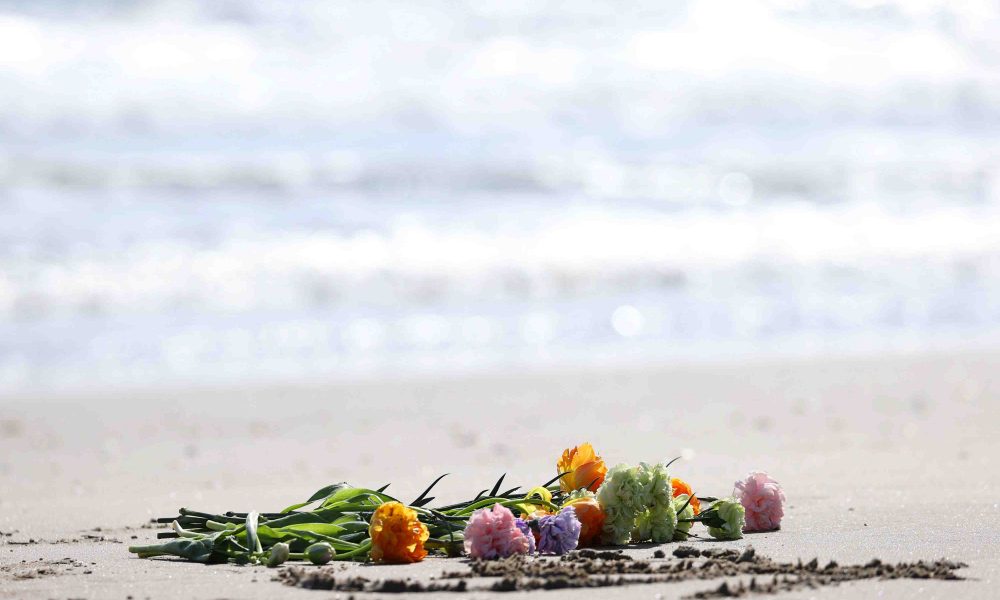
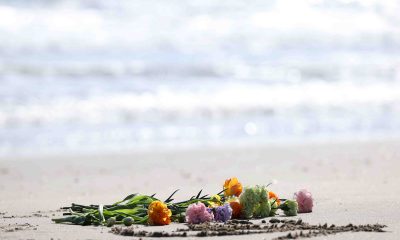

For the first time, Japan’s earthquake also took a long-term look at risks from active faults below the seabed in the southwestern part of the Sea...